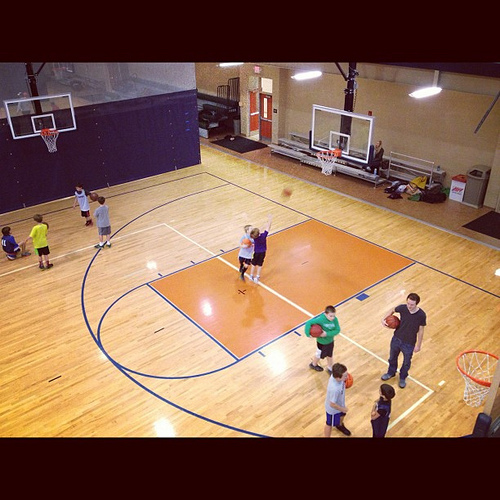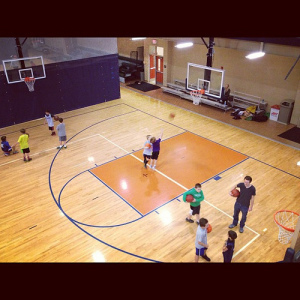Overusing Drills for Your Team

When looking to start out planning a training session many coaches will start by formatting a session in the time-honored way of selecting activities or Drills for a warm-up, skills based section, tactical segment and then finally finishing with some conditioning and cool-down activities. This strategy helps give some fundamental structure to a session, but what is commonly overlooked is the drill selection within each segment of the training session. Drill Progression while a hugely important aspect of planning, needs to be balanced by the stage of development a team finds itself within.
Many coaches will look to implement solid drill progression principles within every activity they undertake in a training session. This is often linked back (if a periodization has been undertaken) to a look at the training cycle and season lay-out. This helps coaches with methodically planning out how long to train a certain activity and when to introduce new concepts.

One point to think about when selecting drills is the progression a team is at within the development cycle. If a team’s members have moved past 1 v 0, 1 v 1 and 2 v 2 situational breakdowns. If they are now up to a 3 v 3 drill series, it could be a waste of time, or of little benefit to continually go back and use a full drill progression starting from 1 v 0.
If a team and its members are struggling to master the 3 v 3 situation, then how will the 1 v 0 breakdown benefit them? The challenges faced by teams are often based around the furthest point of their skill set. By constantly reviewing breakdowns before this point of challenge, all that will happen is a player becomes better at performing a drill and not advancing a particular skill or set of skills.
This also highlights another point for a coach to consider when selecting drills, how often should the same drill be utilised within a season? Overuse of a drill makes players robotic in their application of the drills points of emphasis. While this maybe be beneficial in high participant numbered breakdowns such as 4 v 4 or 5 v 5. At the lower end of participant numbers the results can be limiting and produce tunnel vision in athletes. A suggestion to counter this effect is to have a suite of drills that work to reinforce technical and tactical skills or principles at the 1 v 0, 1 v 1 and 2 v 2 breakdown level of training.
With such a range of different resources for drills coaches, they should not become complacent or lazy in their approach to selecting new ways to challenge a team. Every coach will have their favourite drills for targeting key areas of identified development. This however, is different to using a drill excessively and having players become proficient at performing the drill rather than learning the principle and being able to apply this to a different game like context that can be experienced through another drill.
For coaches a couple of benefits will be derived by this strategy of having greater changeover of drills. When a coach first starts to build a drill bank, they will find that with each change in drill there is a learning period for a team to adapt to the new instructions. This “adaption” or “flexibility” is a skill in itself and will be of benefit for the players into the future. For the coach however, the benefit lies in the identification of the teaching point, focus, points of emphasis or principles of the drill being concurrent, or the same in all the drills utilised. A coach will start to focus on highlighting the principle which is the focus of the activity, and not the mastering of the drill pattern itself.
Try limiting the use of any one drill to between three and seven times throughout a season.
Selecting a good range of drills to help with a team’s development, but will take some time unless a coach can work on creating their own versions of drills specific to a team’s need. In many cases however, even the best coaches look to draw in part, inspiration from a variety of sources and one of these options is other coach’s drills and session plans.

